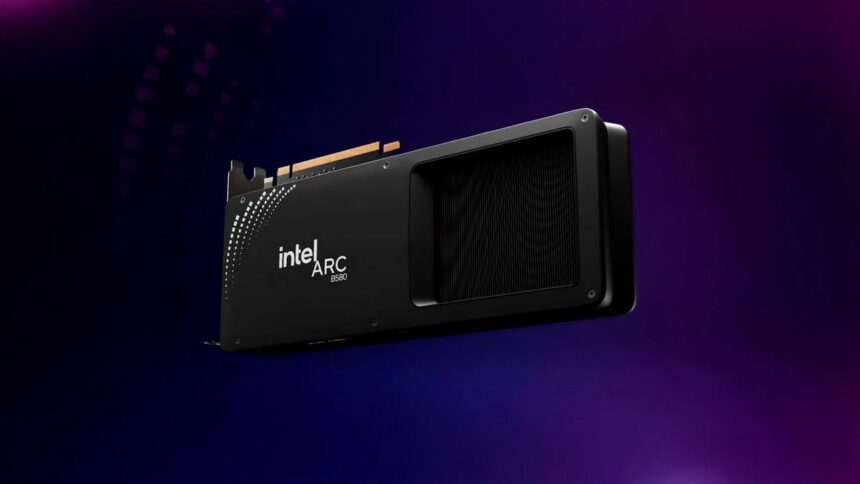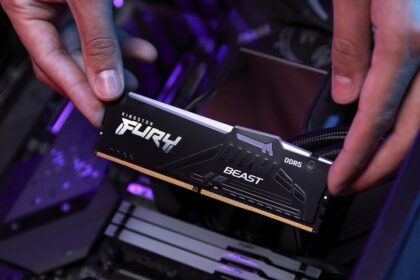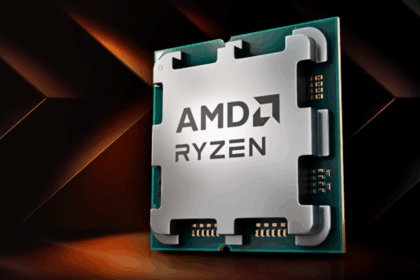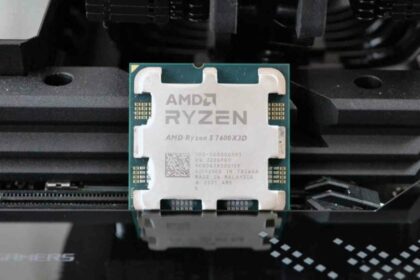Intel has introduced a noteworthy update for Linux users running its ARC graphics chips. Developers and advanced users now have the option to disable certain security protections—including defenses against vulnerabilities like Spectre—using a new neo_disable_mitigations compilation flag in the Intel Compute Runtime.
This change isn’t aimed at gamers (at least not yet), but rather at those dealing with intensive workloads such as shader compilation, AI-powered upscaling, and physics simulations. According to Intel’s internal tests, disabling these mitigations can deliver performance improvements of up to 20% in these demanding scenarios.
While security protections are essential for many users, Intel’s new setting gives developers more flexibility when they’re pushing hardware to its limits in controlled environments. The move comes after months of testing, and while it’s not recommended for everyday use or systems exposed to unknown code, it could be a powerful tool for researchers, content creators, or developers looking to squeeze more out of ARC GPUs on Linux.
Linux provides security for the deactivation of Intel’s resources
Intel has clarified that the security risks tied to disabling certain GPU-level protections are minimal, thanks to the modern safeguards already built into current Linux kernels. To maintain transparency, the Intel Compute Runtime will automatically warn users if it detects a kernel lacking critical patches, helping them make informed choices about enabling performance tweaks.
Canonical, the team behind Ubuntu, has already embraced this update. Starting with Ubuntu 25.10, users will be able to take advantage of this new flexibility. After jointly evaluating the change with Intel, Canonical’s security team concluded that the improved performance doesn’t compromise system safety under properly patched environments.
This move signals a notable shift in Intel’s approach. The company—often known for prioritizing security even at the cost of speed—is now placing more control in the hands of users. For developers, researchers, and performance-focused Linux users, it’s a welcome update that lets them push their ARC GPUs closer to their full potential.
At this stage, Intel has not announced any similar plans for Windows. It’s worth noting that Intel’s ARC GPUs—especially the first-generation Alchemist series—have long struggled with driver consistency on Windows. However, their newer Battlemage architecture has launched in far better condition, even if some driver kinks remain.
With Linux’s evolving security model and Intel’s gradual shift toward user empowerment, this update may be a hint of more open performance tuning options to come.











